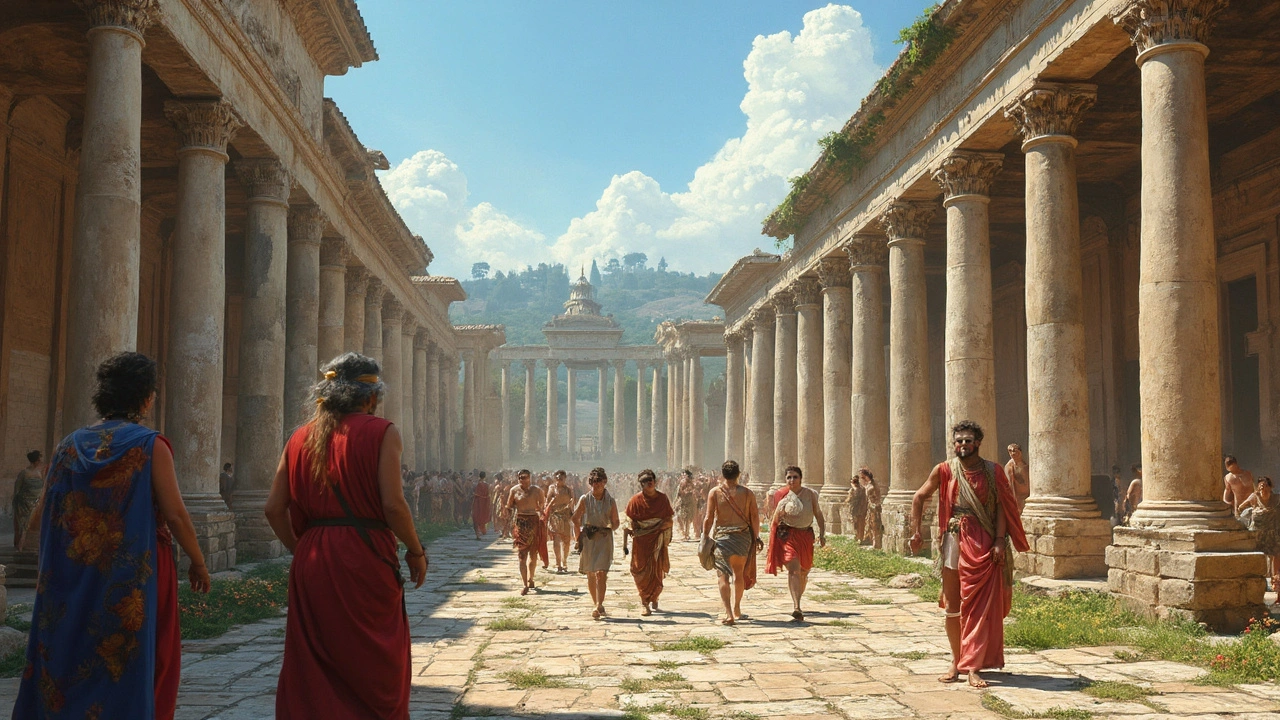Rome buildings: how to read the city’s layers and find the best spots
Rome is a city you can read like a book—every building tells a story. Want to tell an ancient temple from a Renaissance palace at a glance? Or find quieter ruins away from the crowds? This guide gives simple, useful ways to spot styles, pick must-see sites, and plan smarter visits.
Spot the style: fast visual clues
Ancient Roman buildings: look for big arches, thick concrete walls, vaults and domes. The Pantheon’s coffered dome and the Colosseum’s stacked arches are clear giveaways. Romans often used brick-faced concrete covered with marble or travertine.
Romanesque and medieval: chunky stone walls, small windows, and rounded arches. Gothic: pointed arches, tall windows, and ribbed vaults. Renaissance: symmetry, classical columns, triangular pediments. Baroque: dramatic curves, bold ornament, movement on facades. These clues help you place a building without reading a guidebook.
Top buildings and lesser-known gems
Obvious must-sees: the Colosseum, Roman Forum, and the Pantheon. Each shows a different side of Roman engineering and public life. Want quieter, just-as-revealing spots? Try the Baths of Caracalla for scale and mosaics, San Clemente for literal archaeological layers, and the Largo di Torre Argentina to see Republican temples and a cat sanctuary in one spot.
For classical sculpture and quieter halls, Palazzo Altemps near Piazza Navona is underrated. If you’re willing to go a bit outside the center, Ostia Antica offers wide, well-preserved streets and buildings that feel more like a small Roman town than a museum.
Pay attention to spolia—reused columns or stones from older buildings. That’s how Romans and later builders recycled materials and history at once.
Smart visiting tips
Time your visits early morning or late afternoon to avoid midday crowds and get better light for photos. Buy combo tickets for the Colosseum, Forum, and Palatine to save time. For places like the Pantheon and many churches, go inside to see ceilings, frescoes, and hidden chapels—what you see from the street is just the beginning.
Wear comfortable shoes—Rome’s streets and ruins are uneven. Bring a refillable water bottle; public fountains (nasoni) offer safe drinking water. If you want context, join a short guided tour for one site—hearing a focused story once beats reading lots of plaques.
If you care about conservation, stick to marked paths in ruins and follow local rules in museums. Many buildings have conservation issues; your respectful visit helps protect details like mosaics and frescoes for everyone.
Want more on specific styles or hidden Roman spots? Check the Rome buildings tag here for articles on ancient Roman engineering, Byzantine influence, Renaissance palaces, and travel tips that actually work. Start with a site, look up and down, and you’ll start spotting centuries in minutes.

Ancient Roman Architecture: Masterpieces, Engineering, and Lasting Influence
Take a vivid journey into Ancient Roman architecture—discover secrets behind iconic buildings, see engineering marvels, and learn why Roman style still shapes our world.
Read more